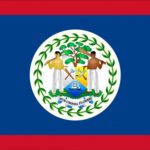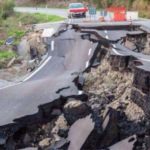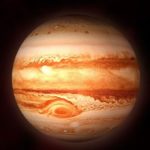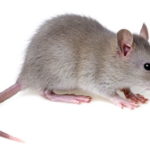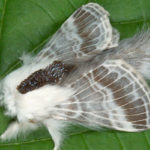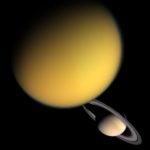Interesting facts about hurricanes
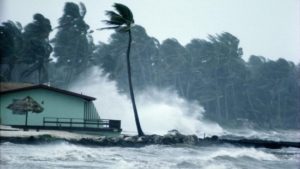 Such riot of the elements, like a hurricane, can cause great destruction. With them it is impossible to fight, but people have learned to anticipate their appearance and track their path. Not all hurricanes bring devastation, some of them fall on uninhabited areas or dissolve without a trace over the ocean waters, but, in any case, this natural phenomenon is extremely dangerous.
Such riot of the elements, like a hurricane, can cause great destruction. With them it is impossible to fight, but people have learned to anticipate their appearance and track their path. Not all hurricanes bring devastation, some of them fall on uninhabited areas or dissolve without a trace over the ocean waters, but, in any case, this natural phenomenon is extremely dangerous.
Hurricanes bring not only harm, but also benefit. In particular, they reduce the threat of drought and thin out the forest, destroying weak trees and giving space for growth to other plants.
The damage from the famous hurricane Katrina, which hit the Gulf Coast in 2005, is estimated at more than one hundred billion dollars.
Hurricane Mitch took the lives of nearly twenty thousand people in Central America in 1998.
The waves caused by hurricanes can throw out tons of fish on the coast.
For the first time, a real tropical hurricane was described in 1495 by Columbus.
The word “hurricane” comes from the name of the Indian evil god Hurikan, who enters the pantheon of the deities of some Caribbean Indians, inhabitants of the islands of the Caribbean Sea.
Tropical hurricanes take lives more than any other natural disasters.
Over the past two centuries, hurricanes have caused the death of nearly two million people.
The fastest hurricane in the history of observation was the hurricane Camilla, which caused great damage to the United States of America.
During the hurricane, air masses come into motion for a height of up to fifteen kilometers above sea level.
In 1992, Hurricane Andrew tore a steel beam weighing several tons from the building and tossed it hundreds of meters away.
Hurricanes can not unite in one, but they can surround each other.
At the equator, hurricanes are never formed.
With all of the above, hurricanes play an important role in the ecology of the Earth, carrying air masses over huge distances.
Unlike a tornado, the life of a hurricane can last several days.
The highest wind speed ever recorded by a hurricane was about 320 kilometers per hour.
Hurricane can cause a tornado. Thus, in 1967, Hurricane Beula gave birth to 141 tornadoes.
Hurricane, cyclone and typhoon are one and the same. But a tornado, or a tornado – is another.
The lists of names that give hurricanes are repeated every seven years, but the names of particularly devastating hurricanes from these lists are excluded.
The Spanish Invincible Armada was almost completely sunk by a hurricane. This event marked the beginning of the end of the Spanish colonial empire.
All hurricanes until 1978 received only female names.
The diameter of the hurricane can reach five hundred to seven hundred kilometers.
In the center of the hurricane is an area of ultra-low pressure, the so-called eye of the hurricane. Its size can reach thirty kilometers.
In the eye of a hurricane, the calm weather usually reigns.
